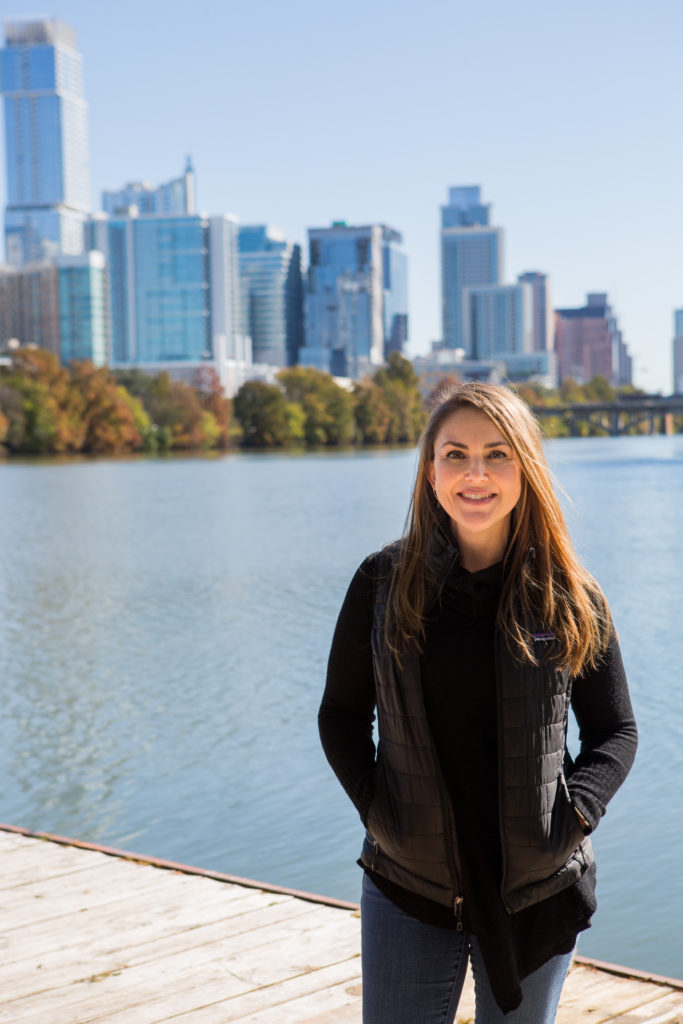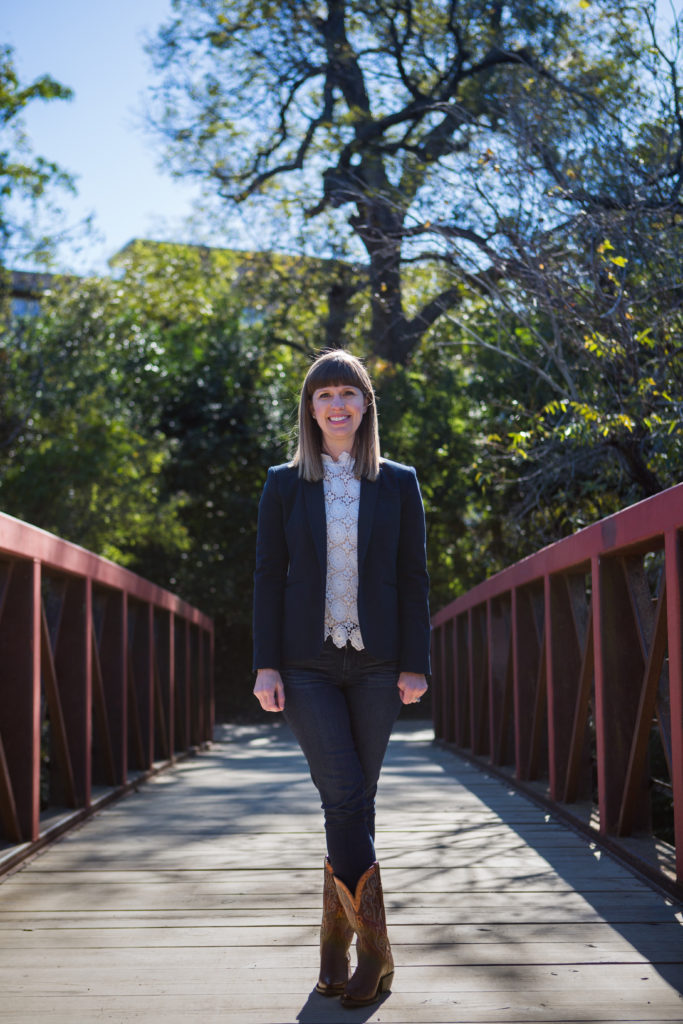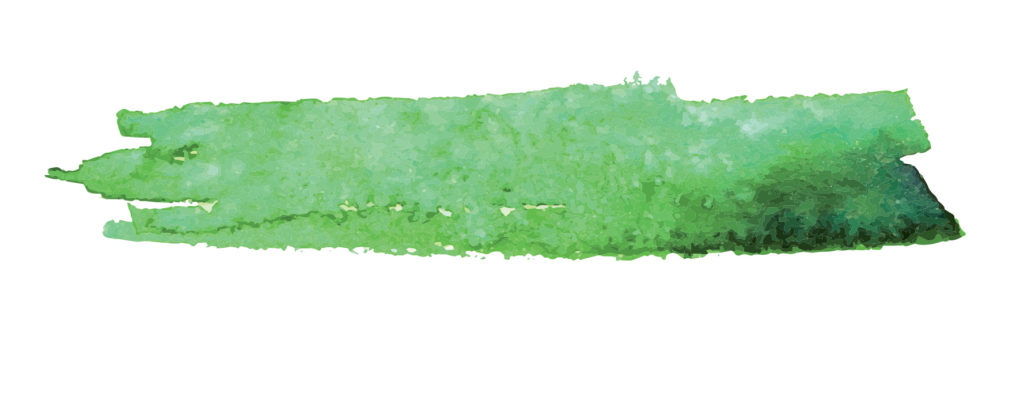The women behind The Trail Foundation are working to safeguard, improve and champion the Butler Trail so Austinites, visitors and generations to come can continue to enjoy and celebrate Austin’s crown jewel.
By Nicholas Barancyk, Photos by Taylor Prinsen
The most mystical quality of city structures is their ability to transcend. They entangle themselves within our urban landscapes and become an embodiment of a city itself. What is Paris without its Eiffel Tower, San Francisco void of the Golden Gate Bridge or New York City sans Central Park?
Austin too possesses such a token. Though not as grand as the Colosseum, its emblematic characterization as part of the capital city has nevertheless helped define our fascination with blending the wild with the manufactured. This is the story of the Ann and Roy Butler Hike-and-Bike Trail and the women—past and present—who’ve transformed two muddy riverbanks into a worldwide icon.

PRESERVING AN URBAN TREASURE
Heidi Anderson is new to The Trail Foundation, the nonprofit organization charged with protecting, enhancing and honoring the trail. She’s focused, jovial and harbors the energy of a well-tuned reactor. Assuming directorship in 2017 of the now 16-year-old Butler Trail preservation organization, she was drawn to the idea of mingling land conservation with improved access to public space, a prospect sweetened when working with an amenity so beloved by Austinites.
“What makes The Trail Foundation and hike-and-bike trail so unique is how important it is to this community,” Anderson says. “It’s ingrained in the thread of the soul of Austin, Texas. It is so important to people that we have to honor and respect that.”
But in order to determine how this 10-mile loop around Lady Bird Lake became so interwoven in the city’s persona, one must harken back to Lady Bird herself.
The Colorado River has a troubled history with this city. Frequent floods inundated the town and posed major health risks, which led to the eventual clear-cutting of trees along its riverbanks. When this prevention method backfired and made flooding worse, Austin dammed the river.
The damming formed a small reservoir just south of the Capitol building, which came to be known as Town Lake. But all the litter that had been previously whisked downstream riddled the muddy riverbanks. KTBC, a local news station, called it an eyesore. So, after enough public outcry, the local government decided to do something about it.
In 1971, Mayor Roy Butler and his wife, Ann Showers, installed the Town Lake Beautification Committee, with Lady Bird Johnson at its helm. A well-traveled woman with a penchant for wildlife, Johnson was inspired by how older cities like London preserved their natural treasures in urban environs. Combined with her insight on the Texan need for shade, her vision of the trail was born.
The plan involved cleaning up the waste dump, reforesting the shoreline and building a trail around the lake’s circumference. A new fad called jogging had just hit the States and an urban running route seemed an excellent way to persuade the public to care more about the land.
After creating a few more parks and pavilions, the committee had completed all it set out to do and disbanded in 1976. As its spiritual successor, The Trail Foundation is “trying to maintain that legacy,” Anderson says. But that can be a tall order at times, especially when tasked with improving a space rather than creating one outright.

A PUBLIC DISPLAY OF AFFECTION
Tackling that challenge requires expertise from various professions. Project and Creative Director Elizabeth Carroll says a singular project can involve urban ecologists, architects, structural engineers, graphic designers, landscapers and more.
“We have to filter through what everyone is saying and figure out those moments of coming together and collaboration,” she says. “If you leave out any of the stakeholders...you’re missing an important facet of the project.”
All these specialists are needed for TTF’s ecological approach to land conservancy. In every endeavor, the team is thinking about how to naturally strengthen the walkways by including native flora and employing green techniques. It’s a task especially crucial as the trail experiences more wear and tear.
“The trail is kind of that well-loved teddy bear; the ear is falling off, the eye is popping out, the stuffing is coming out the back seam,” Carroll says. “So, we’re encouraging this natural system to be built in a way that allows it to come back from this natural impact.”
And their methods are working. After last year’s October flood, the trail saw only minor structural damage, despite being completely submerged in some areas. Even the wildlife on the waterfront—or riparian edge—bounced back after a few weeks. Carroll says it was a reaffirming moment for her, one that signified the foundation’s team was on the right path.
So, the professionals help design the trail projects, but who determines what those projects should be? For those answers, one party supersedes the rest. Their needs form the backbone of TTF and guide the foundation on which installments will garner the most impact. The members of The Trail Foundation live and breathe by the opinions of the public, the opinions of you.
“We’re working in a park space,” Carroll says. “If we’re not meeting the public’s needs in that park space, there’s no reason to do what we’re doing.”
As it turns out, the public has a lot of feelings. Some Austinites want more art on the trail. Others want none at all. There are cyclists and dogs and runners with baby strollers. All these different user groups intermix on the path and create a delicate scale for TTF to balance out.
But despite differing ideas about how the trail should be utilized, TTF Development Director Rachel Rountree sees the unifying nature the trail has in her regular meetings with donors.
“People love the space. They want to make it better and they want to be a part of it,” Rountree says. “It’s a place that brings people together and doesn’t divide them.”
If we’re not meeting the public’s needs in that park space, there’s no reason to do what we’re doing. -Elizabeth Carroll
MONEY MATTERS
TTF’s biggest challenge at the moment is exposure. The team has been selective about where and how they use the foundation’s name, and even considering that, the organization’s advertising is subtle: a watermark on a map or a stray acronym adorning signage. Rountree says this lack of branding results in trail users new and old not realizing how important the foundation is to the development and preservation of the land.
“We need to put our name out there more so people understand who we are, what we do and how we can make their trail experience better,” she says.
Rountree explains that while the Austin Parks and Recreation Department handles the day-to-day maintenance of the trail, bigger projects like the boardwalk and ecological restoration are funded by TTF in total. As a 100 percent donor-backed organization, it’s not always a breeze for TTF to find the necessary cash when it’s needed.
“Every person matters. Every dollar matters,” Rountree says. “We’re a committed team, but we’re not miracle workers.”
Limited capital equates to a more constrained team size and longer project times. But a new seed fund and $1.1 million donation is about to change all that. Thanks to that significant gift from Colin Corgan, a retired partner with Goldman Sachs, the foundation’s Corgan Canopy Fund enables TTF to cover the expenses of feasibility studies, drafting and all those initial soft costs that often slowed down progress during the early stages of the organization. It frees TTF up to work at a faster clip.
“We’re going to be able to do things at a more rapid pace than people are used to seeing,” Rountree says.
In fact, change will happen almost three times as fast. The foundation has completed 16 projects in the past 15 years. Now the organization has queued up another 15 projects slated for completion in the next five years.
But despite the game-changing nature of the Corgan donation, Rountree fears it may have a sinister side effect. The public may see this chunk of change and think TTF is doing just fine, that it doesn’t need further monetary support. She clarifies that this money is specifically confined to the preliminary stages and covers none of the actual funding for projects. Furthermore, the money spent is replenished during the fundraising stage, creating a cyclical fund for upcoming projects.
“I hope people will celebrate [Corgan’s] generosity and his vision,” Rountree says, “but that they won’t forget about everything else that still needs to be done.”

THE AUSTIN CONNECTION
As Austin’s population grows—projected to double by 2050—the trail must change as well. More than 2.6 million people walked its shady corridors in 2016, not only for recreation, but also for transportation into and out of the city. Anderson says her team sees this as a prime chance to offer something greater than just a Lady Bird Lake roundabout.
“What we’ve been trying to do lately is to lift our heads up from just this 10-mile loop and honor the fact that we have an amazing opportunity to be the hub for a variety of spoke trails that exist,” she says.
Anderson’s grand plan is to advocate for closing the gaps that separate the 227 miles of trailway scattered throughout Austin, forming an interconnected system for the city. It’s an idea that not only rings true to TTF’s modified mission statement, but also resonates with Anderson’s team on a personal level.
“One of my core values is this inextricable connection,” Carroll says. “We’re all tied together, whether we want to be or not. So, to me, the trail is that spiderweb. It’s that connection pulling everything together in a physical way and a community-centered way.”
To accomplish such a goal, TTF needs to expand. Anderson would love to add more members to her six- person team, donning a model like that of the Central Park Conservancy in New York City. It would enable TTF to take on more of the daily work, freeing up the Austin Parks and Recreation Department to spend its resources in more underserved areas of the city. However, she notes, that day is still far off.
“Two million, 600 thousand visits a year is going to become 4 million before we know it,” Anderson says. “So, we have to evolve as an organization, and that doesn’t happen overnight.”
KEY MOMENTS
In an effort to prove the trail is more beloved than even most Austinites realize, Anderson reaches into her purse in search of a touchstone of sorts.
“Let me show you something,” she says, pulling from her wallet a piece of plastic about the size of a credit card.
On the card is a picture of a woman in athletic gear panting in front of a body of water with brick and glass high-rises in the background. After a few moments, she points to the structure the woman is standing on and says it’s the boardwalk. She calls out one of the buildings as the Austonian. The woman in the picture is on the Butler Hike-and-Bike Trail.
“This is a Westin key card for a hotel,” Anderson says. “My parents brought me this key back from their trip to Venice, Italy.”
Anderson explains the iconic nature of the Austin trail is part of what makes it so special for people, so much so that hotels in Europe use its image on their key cards. The trail is often imbued with an almost hallowed quality, even abroad. Indeed, Rountree says she often runs into people who say “the trail is their church; it’s their sanctuary.”
It’s no surprise then that more than a few wedding engagements have occurred between its trailheads. Anderson herself was married at Lou Neff Point, a scenic overlook on the trail. It’s clear Butler Trail is a place where lives change for the better.
So, in this way, the seeds planted by Lady Bird Johnson have rooted themselves in the spirit of Austin, growing until distinction has blurred. Her trail has extended beyond itself, snaking past streams and causeways and into the identity of those who wander its wooded avenues.










